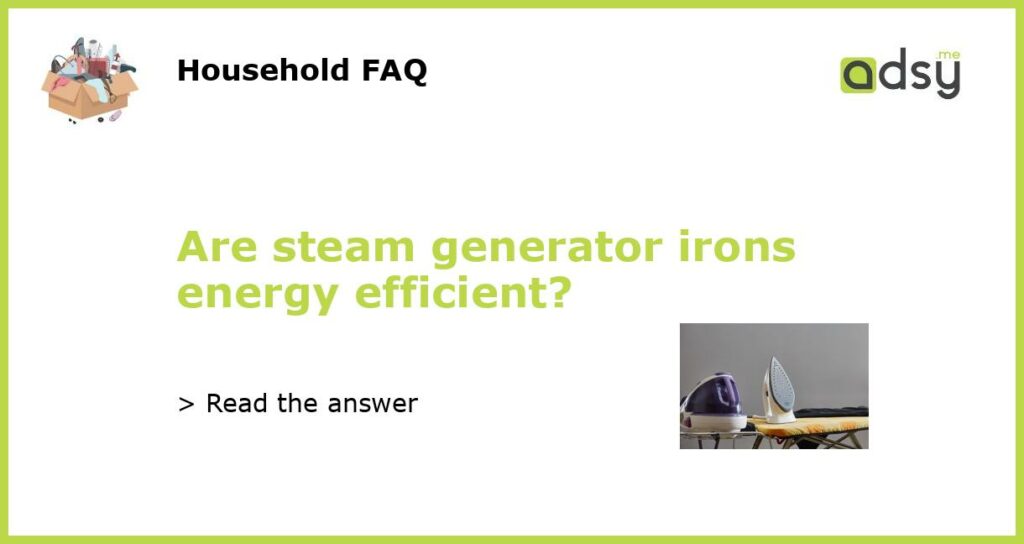Steam Generator Irons: An Energy Efficient Option?
When it comes to ironing clothes, we all want a device that can quickly and efficiently remove wrinkles. Steam generator irons have gained popularity in recent years due to their ability to produce high-pressure steam, making ironing easier and more effective. But with concerns about energy consumption and sustainability on the rise, many are wondering if steam generator irons are an energy-efficient choice. In this article, we will explore the energy efficiency of steam generator irons and discuss some tips for reducing energy usage during the ironing process.
Understanding Steam Generator Irons
Steam generator irons differ from traditional irons in that they have a separate water tank and generate steam at a much higher pressure. This allows for faster and more efficient ironing, as the high-pressure steam penetrates the fabric more effectively, helping to remove wrinkles with less effort.
However, the increased steam production of steam generator irons requires more energy compared to conventional irons. The heating elements and pump systems in the steam generator iron constantly work to generate and maintain the high-pressure steam. This increased energy consumption can make steam generator irons less energy efficient, especially if used for long periods or on a regular basis.
Evaluating Energy Efficiency
To determine the energy efficiency of steam generator irons, it is important to consider various factors, including power consumption and usage patterns. Steam generator irons typically have higher wattage than traditional irons, ranging from 1500 to 3000 watts or more. Higher wattage means greater energy usage, so it is important to choose a steam generator iron that is appropriate for your needs.
Additionally, the frequency and duration of ironing sessions will impact energy consumption. If you only use your steam generator iron occasionally or for shorter periods, the overall energy usage may be minimal. However, if you regularly iron large loads of laundry or frequently use the high-pressure steam function, the energy consumption can be significant.
Tips for Energy Efficient Ironing
While steam generator irons may not be the most energy-efficient option, there are steps you can take to minimize energy usage during the ironing process:
- Choose the right iron: Consider your ironing needs and select a steam generator iron with an appropriate wattage. Higher wattage irons will heat up faster, resulting in shorter ironing sessions and potentially lower overall energy consumption.
- Optimize steam usage: Adjust the steam settings of your iron based on the fabric and level of wrinkles. Using excessive steam unnecessarily can lead to increased energy usage.
- Iron efficiently: Organize your ironing tasks to minimize the time spent heating the iron. Sort clothes by fabric type and start with those that require a lower temperature, allowing the iron to cool gradually while you work on thicker fabrics.
- Maintain your iron: Regularly clean and descale your steam generator iron to ensure optimal performance. A well-maintained iron will heat up faster and operate more efficiently, reducing energy usage.
- Consider alternative options: If energy efficiency is a top priority, consider alternative ironing methods such as steamers or handheld garment steamers. These devices use less energy and can still effectively remove wrinkles from clothing.
The Bottom Line
While steam generator irons may not be the most energy-efficient option for ironing, their high-pressure steam capabilities can make the task easier and more effective. By considering your ironing needs, selecting an appropriate iron, and implementing energy-saving techniques during the ironing process, you can minimize energy consumption and make your steam generator iron more efficient overall. However, if energy efficiency is a top concern, alternative ironing methods may be worth exploring.






